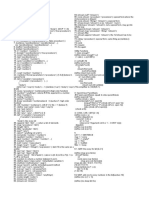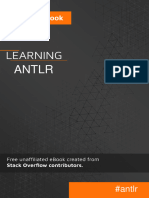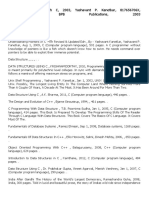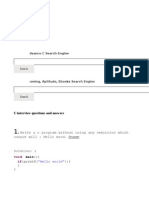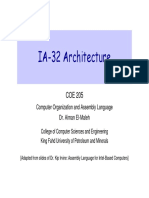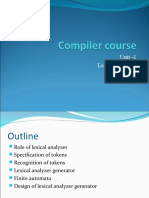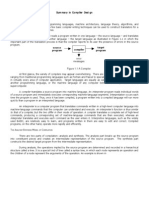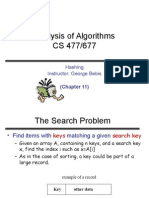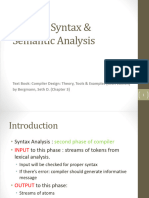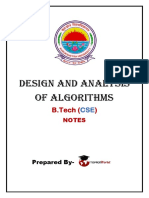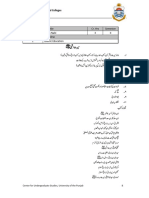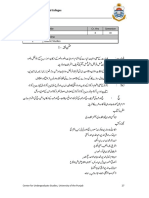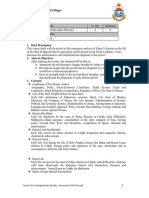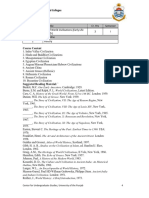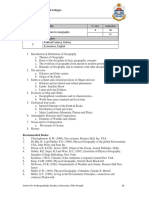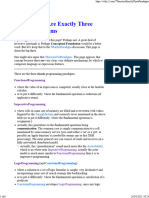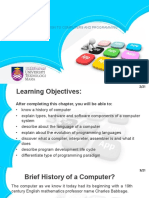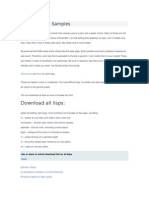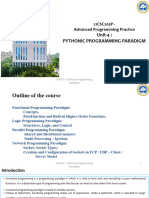0% found this document useful (0 votes)
141 views21 pagesScheme Programming for CS Students
This document provides an overview of the Scheme programming language including its history and key features. It describes how Scheme is a dialect of Lisp, one of the earliest functional programming languages, and how it was developed in 1975 with a minimalist design based on lambda calculus. The document outlines Scheme's syntax, data types, basic procedures for arithmetic and logic, defining variables and functions, conditional expressions, and techniques for equality testing. It also includes an example of defining a factorial function in Scheme.
Uploaded by
Gulrez MCopyright
© © All Rights Reserved
We take content rights seriously. If you suspect this is your content, claim it here.
Available Formats
Download as PDF, TXT or read online on Scribd
0% found this document useful (0 votes)
141 views21 pagesScheme Programming for CS Students
This document provides an overview of the Scheme programming language including its history and key features. It describes how Scheme is a dialect of Lisp, one of the earliest functional programming languages, and how it was developed in 1975 with a minimalist design based on lambda calculus. The document outlines Scheme's syntax, data types, basic procedures for arithmetic and logic, defining variables and functions, conditional expressions, and techniques for equality testing. It also includes an example of defining a factorial function in Scheme.
Uploaded by
Gulrez MCopyright
© © All Rights Reserved
We take content rights seriously. If you suspect this is your content, claim it here.
Available Formats
Download as PDF, TXT or read online on Scribd
/ 21
